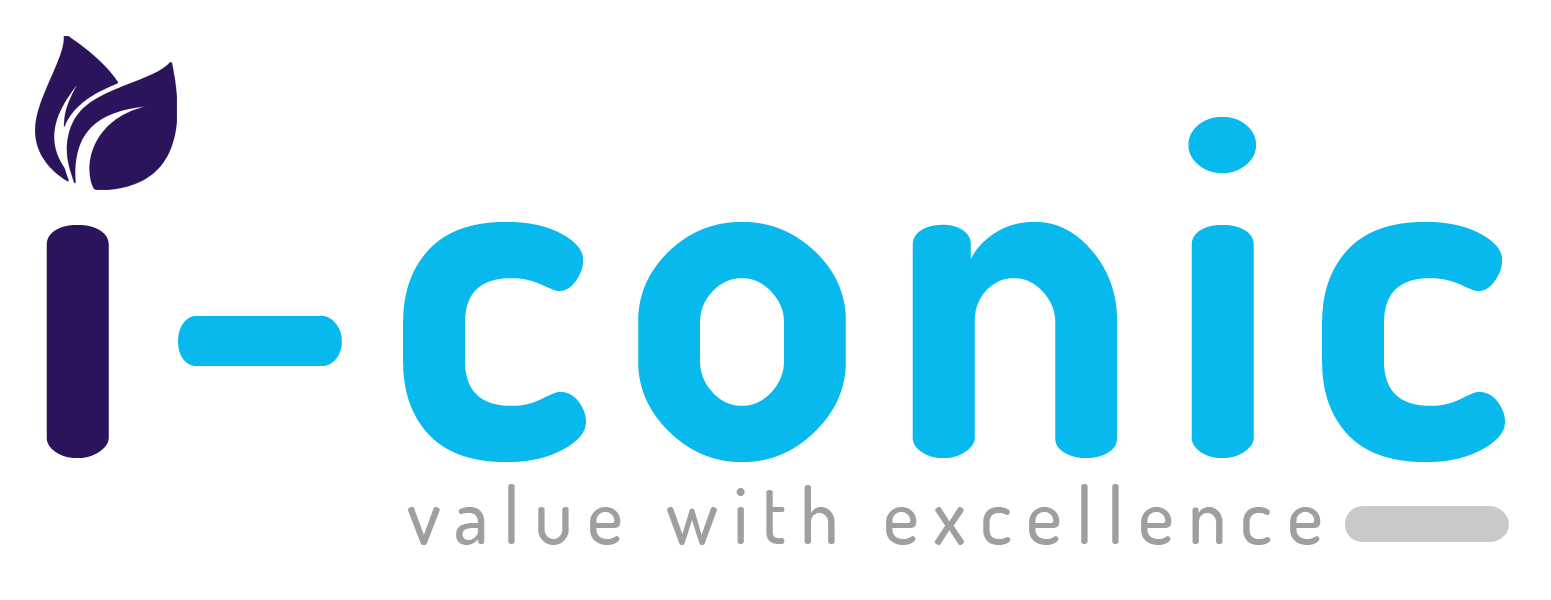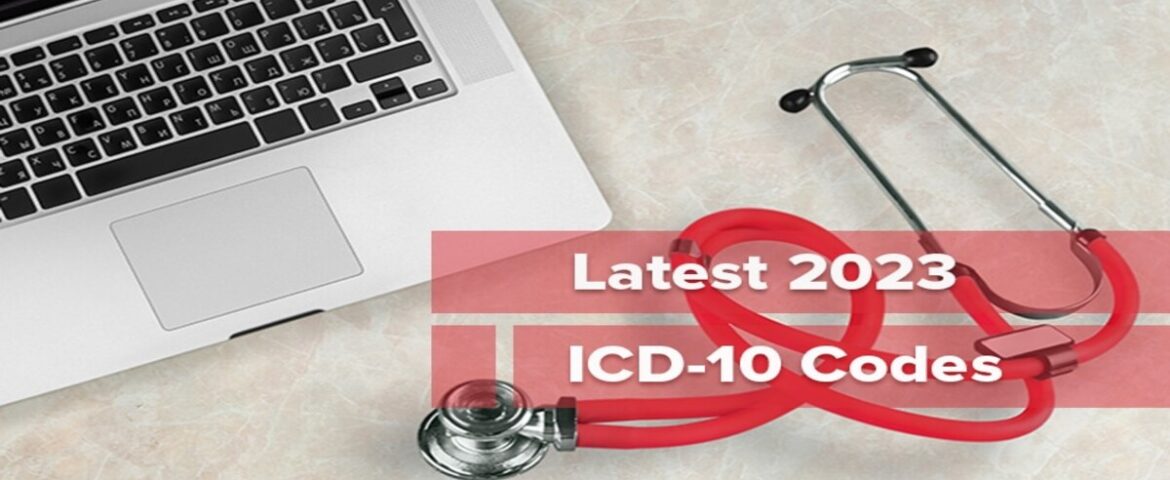The International Classification of Diseases, 10th Revision, Clinical Modification (ICD-10-CM) system and the International Classification of Diseases, 10th Revision, Procedure Coding System (ICD-10-PCS) system have both received updates as of April 2023 from the Centers for Medicare & Medicaid Services (CMS).
New ICD-10 Codes for Diagnosis
According to ICD-10-CM chapters, the following new codes are categorised:
Chapter 19: Injuries, Poisoning, and Certain Other Effects of External Causes (S00-T88): 12 new codes relate confirmed or suspected financial abuse. These new codes make it clear whether the financial abuse involves an adult or a child, whether it was the first or later interaction, or whether it was a sequel.
Chapter 20: External Causes of Morbidity (V00-Y99): 15 new codes address abuse and neglect. The perpetrator is identified in these new codes as either a husband, wife, male or female partner, a non-binary partner, a kid, grandchild, grandparent, a sibling of the parents, an acquaintance, or a friend.
Chapter 21: Influences on Health Status and Interaction with Healthcare Providers (Z00-Z99). About the following, new codes:
- One of the new codes addresses issues with health literacy. When patients are unable to locate, comprehend, and utilise information and services to make decisions about their health, this code is applicable.
- Two brand-new codes address issues relating to the physical environment. These include necessary services that are not available in the patient’s immediate surroundings as well as other environmental problems. For instance, these rules relate to a patient’s residence being unhygienic.
- Unsafe housing falls within the purview of four new codes, which also address unspecified unsafe housing, unspecified unsafe housing utilities, and other unspecified unsafe housing.
- Four additional codes cover a history of various sorts of abuse. These personal history codes cover financial abuse of children, childhood intimate partner abuse, adult financial abuse, and adult intimate partner abuse.
- The non-compliance of patients with medicine or renal dialysis due to financial difficulty or any other reason is covered by four new codes.
Deleted Diagnosis Codes
- Four codes related to abuse or neglect committed by a husband, wife, male partner, or female partner will be deleted by CMS. These codes are replaced by new codes in Chapter 20 (External Causes of Morbidity). The new tags indicate whether the offender is a spouse, partner, or ex spouse.
- The code referring to substandard housing is also gone. To more precisely define the housing difficulties, CMS will replace this with the expanded codes for inadequate housing in Chapter 21 (Factors Affecting Health Status and Interaction with Health Services) (such as environmental temperature or inadequate housing utilities).
- The last two codes that were removed deal with a patient’s failure to follow a medication schedule or undergo renal dialysis. These noncompliance codes will likewise be replaced by expanded codes in Chapter 21. The new codes provide more information on the patient’s noncompliance (e.g., due to financial hardship).
Revised Diagnosis Code
- In order to incorporate “due to restricted financial resources, not elsewhere classified,” CMS is changing the code for significant hardship.
- This code details situations where a patient faces financial hardship and cannot afford proper daycare, clothing, utilities, or other essential needs.
New ICD-10 Codes for Procedures
The following newcodes have been categorised by ICD-10-PCS section and body system:
The Medical and Surgical Section:
- Heart and Great Vessels: A temporary intraluminal device used to occlude the thoracic aorta is covered by one new code. The new code documents an open surgical strategy. Older codes could only record endoscopic or percutaneous techniques.
- Lower Arteries: One new code deals with the transient intraluminal blockage of the abdominal aorta. The open approach to this procedure is captured in this new code, as it was above.
- Upper Bones: Six new codes deal with the laser interstitial thermal treatment (LITT)-induced destruction of the cervical and thoracic vertebra using an open, percutaneous, or percutaneous endoscopic approach. To identify cases that expressly employ this technology, CMS added LITT as a qualifier to the table for the destruction of the upper bones. Instead of employing ionising radiation, LITT kills the vertebra by heating it up with a laser probe.
- Lower Bones: Using LITT with an open, percutaneous, or percutaneous endoscopic technique, six new codes now cover the destruction of the lumbar vertebrae and sacrum. The Lower Bones Destruction table now includes LITT as a qualifier to include examples that expressly make use of this technique.
The Administration Section:
- Circulatory: Fourteen new codes are now available for the bone marrow transfusion of whole blood, serum albumin, frozen or fresh plasma, frozen or fresh red blood cells, and platelets. CMS added the body area “bone marrow” to the Administration table to capture procedures such as the intraosseous administration of blood products.






